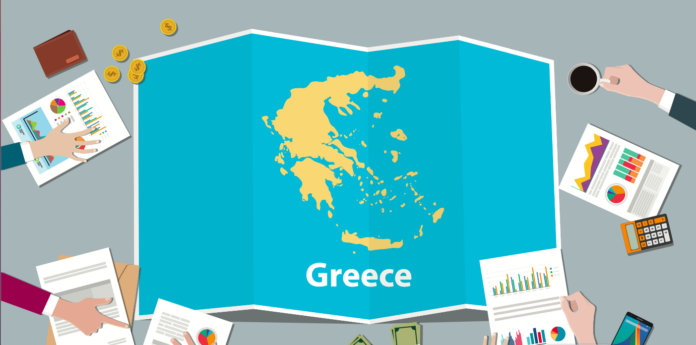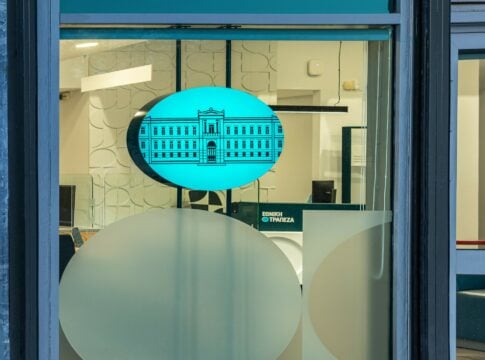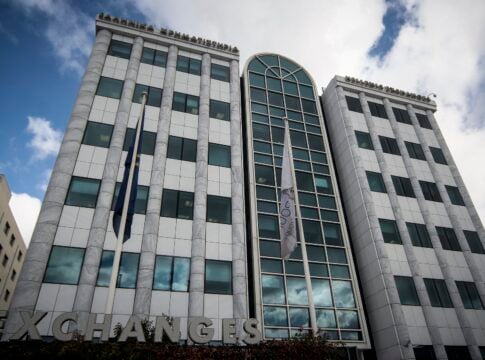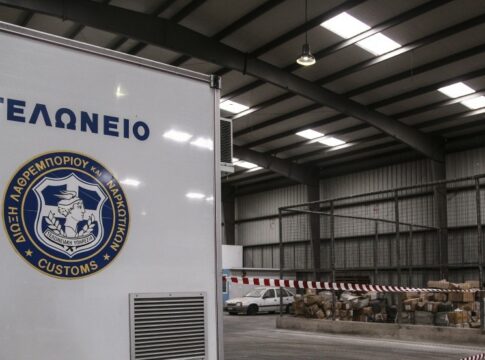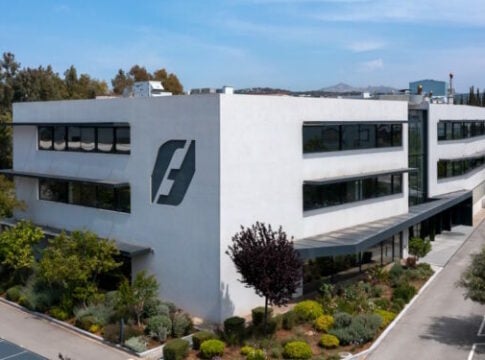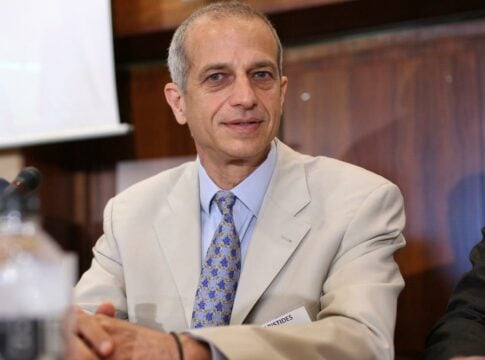Greece’s effort to attract new investments and to bridge the investment gap created during the prolonged crisis and the bailout programs is moving along three directions.
These are:
- the stimulation of domestic investments, through loan programs and business subsidies,
- the attraction of foreign investments in sectors of high added value, which contribute to the transformation of the Greek economy, and
- the dynamic presence of foreign investors in the Athens Stock Exchange.
In particular, the Hellenic Development Bank (HDB) is opening an additional liquidity line of 780 million euros for lending to small and medium-sized enterprises, a survey by EY records that 63% of investors see an improvement in Greece’s attractiveness over the next three years, while foreign investors have increased their participation in the ATHEX to approximately 69%, with cumulative capital inflows of 5.7 billion euros since 2010.
Alternate Minister of National Economy and Finance Nikos Papathanasis announced that the two financing instruments of TEPIX III will be reinforced with the aforementioned amount, of which 540 million will be allocated to the Guarantee Fund and the remaining 240 million to the Loan Fund.
Following the addition of 780 million euros, the total loan capital of TEPIX III will reach 3.3 billion euros, providing a very important source of financing for SMEs. The Loan Fund, the additional financing, is the third in a row, as due to the particularly favorable terms of the loans, its budget is immediately exhausted.
It is noted that the Loan Fund grants working capital and investment loans, where 40% is interest-free, while for the remaining 60%, an interest rate subsidy of 3% is provided for the first two years. The Guarantee Fund provides a guarantee of up to 80% of the loan and offers an interest rate subsidy of 2% or 3% (depending on the region) for the first two years.


